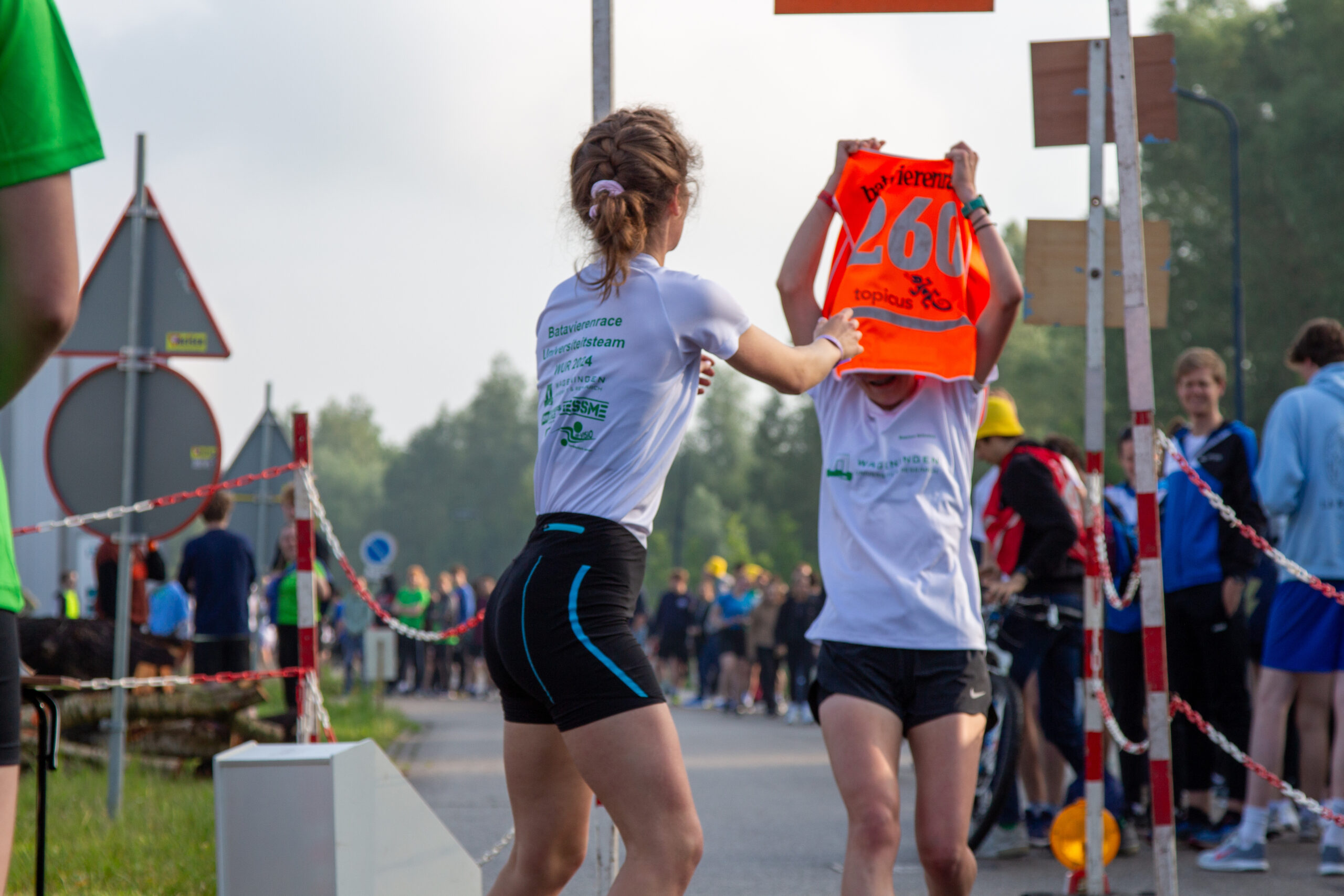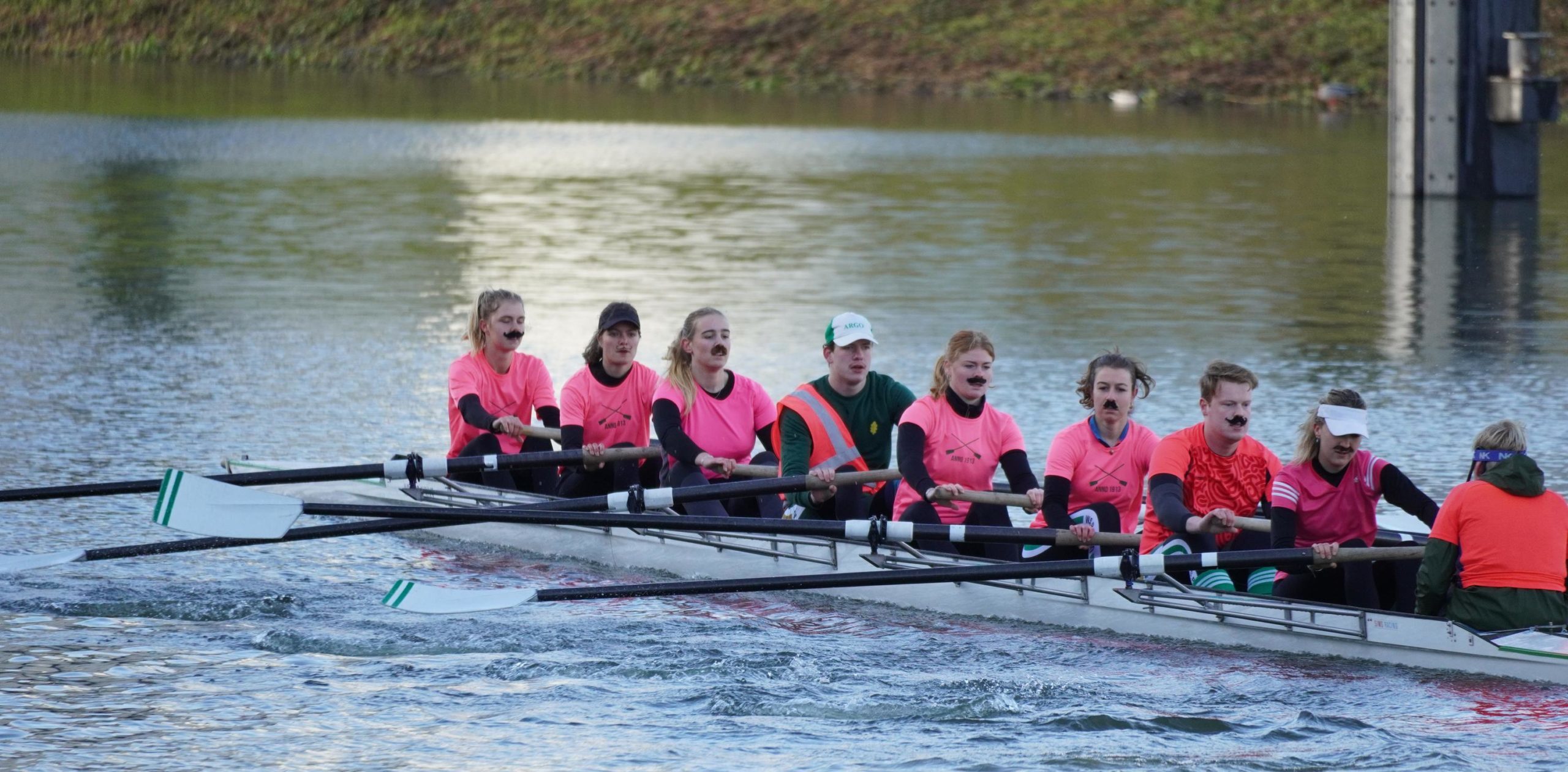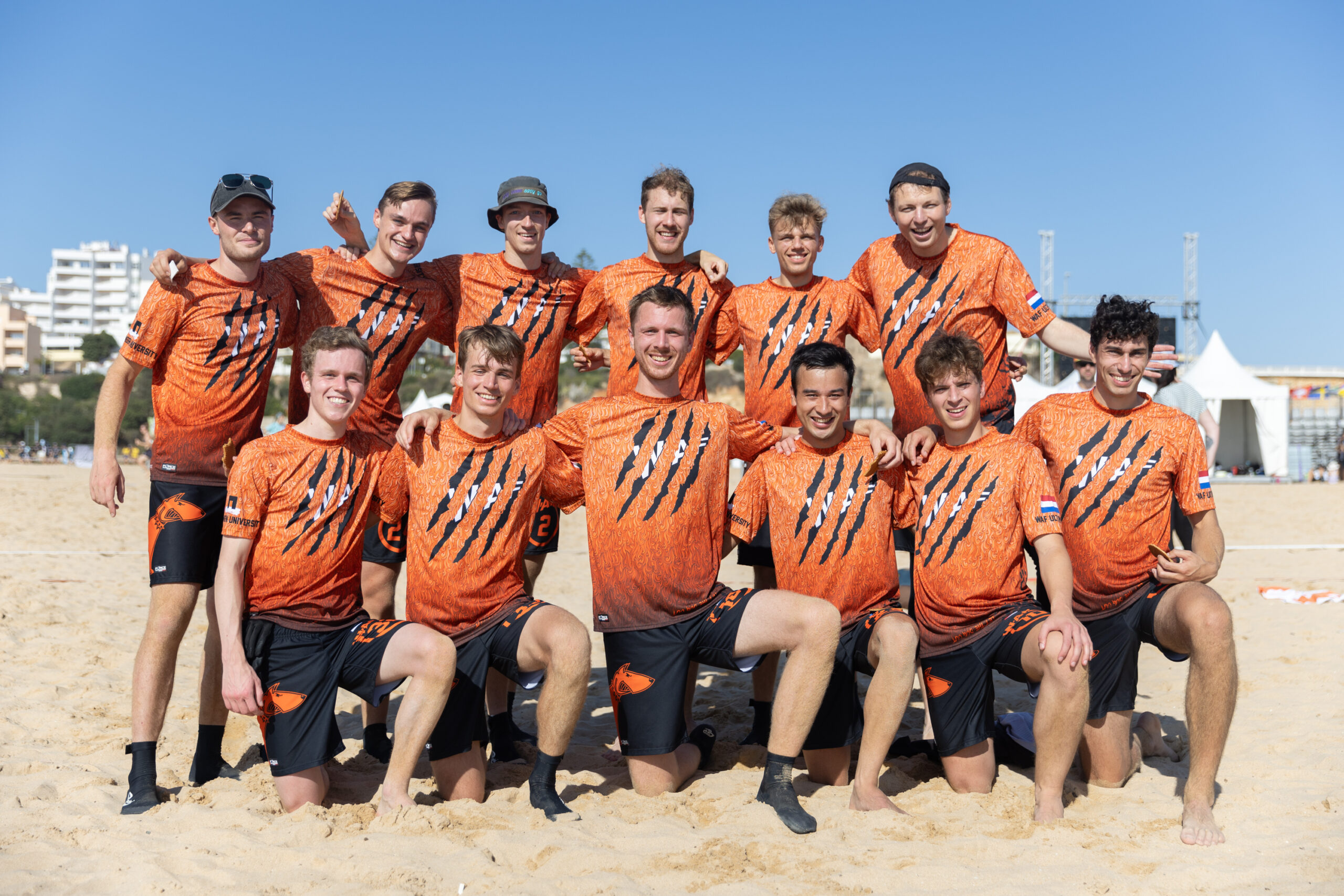The rowing season has ended. All three Argo first-year ladies’ teams made it to the top three in their group. ‘A unique accomplishment.’
The Wageningen ladies-eight conclude the season in third place; the light ladies double-four in second place, and the ladies-four in first place of their respective classifications after nine rowing competitions. Almost all of the Dutch student rowing teams compete in these classifications. ‘Individual teams have made it to higher rankings in recent years, particularly the ladies-light. But we have never had all the first-year ladies’ teams make it to the top three before’, says Argo chair Rody Schipper enthusiastically. ‘The competition is particularly stiff in the ladies-eight category. This is a truly unique accomplishment.’
‘At the start of each academic year, we hope the teams will do well in the spring’, Schipper says about the start of his year on the board. ‘But athletes of other rowing associations in the country train as hard as we do throughout the winter and often have better waters in which to practice. Moreover, larger universities have more potential candidates for their competitions. Hence, the first competition in February is always quite nerve-wracking.’
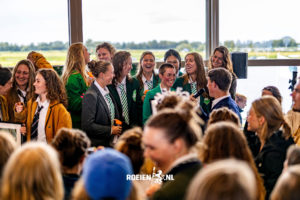
Circumstances
Although he hoped they would perform well, Schipper had not expected these results. ‘The training circumstances were not at all great this year. In the winter, the Rhine is not suited for practice, so we train a lot indoors on rowing machines. And we had a lot of rain this spring, causing severe currents in the Rhine, which made training too dangerous.’ Hence, the Argo teams trained in the canal, which is just over one kilometre in length. ‘That allows you to train in a boat, but you have to turn around after every kilometre, which seriously hampers stamina training.’
Other circumstances were good, however. ‘We had an excellent group of coaches who supported the rowers with their expertise and dedication. We also had a group of very motivated rowers who were willing to train a lot’, Schipper states. ‘We have a ladies-eight team every year, but this year, we were also able to form a ladies-four team as well. They were a group of thirteen ladies who switched between the eight and four teams. They enjoyed themselves tremendously, so I expect to see many of them on the competitive team next year.’

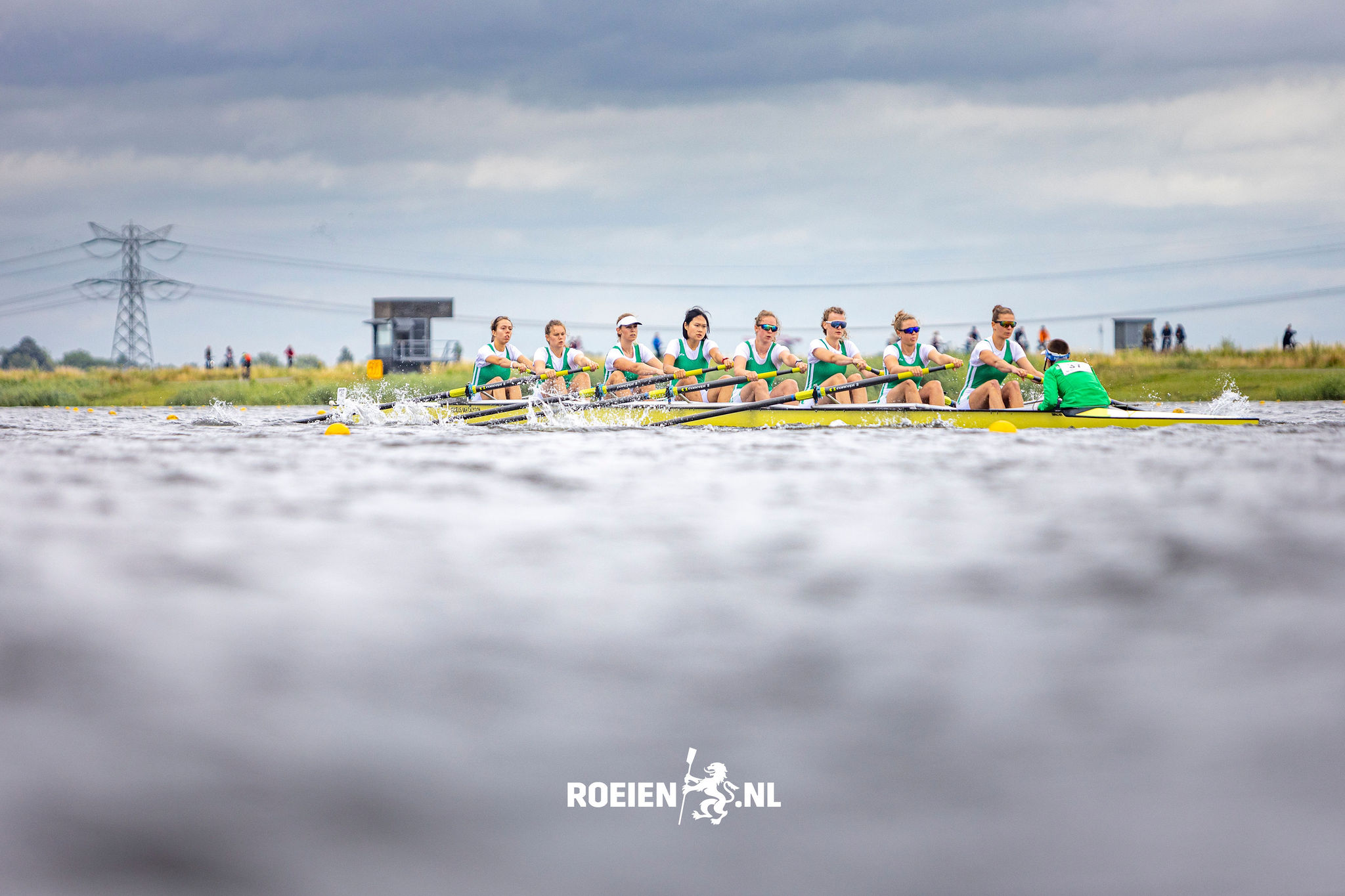 The Argo ladies-eight during this season’s final competition. Photo Stijn Kuiper for KNRB
The Argo ladies-eight during this season’s final competition. Photo Stijn Kuiper for KNRB 